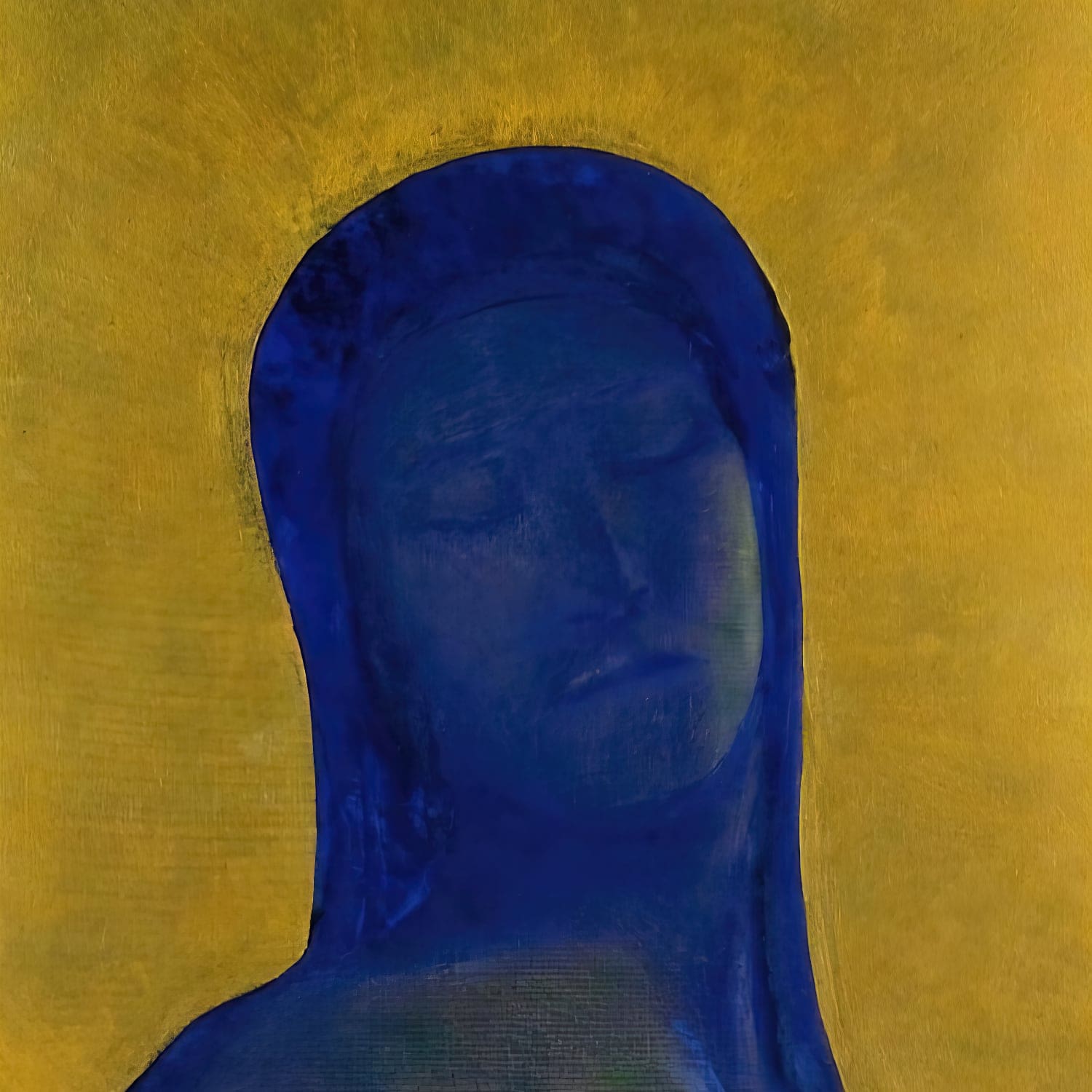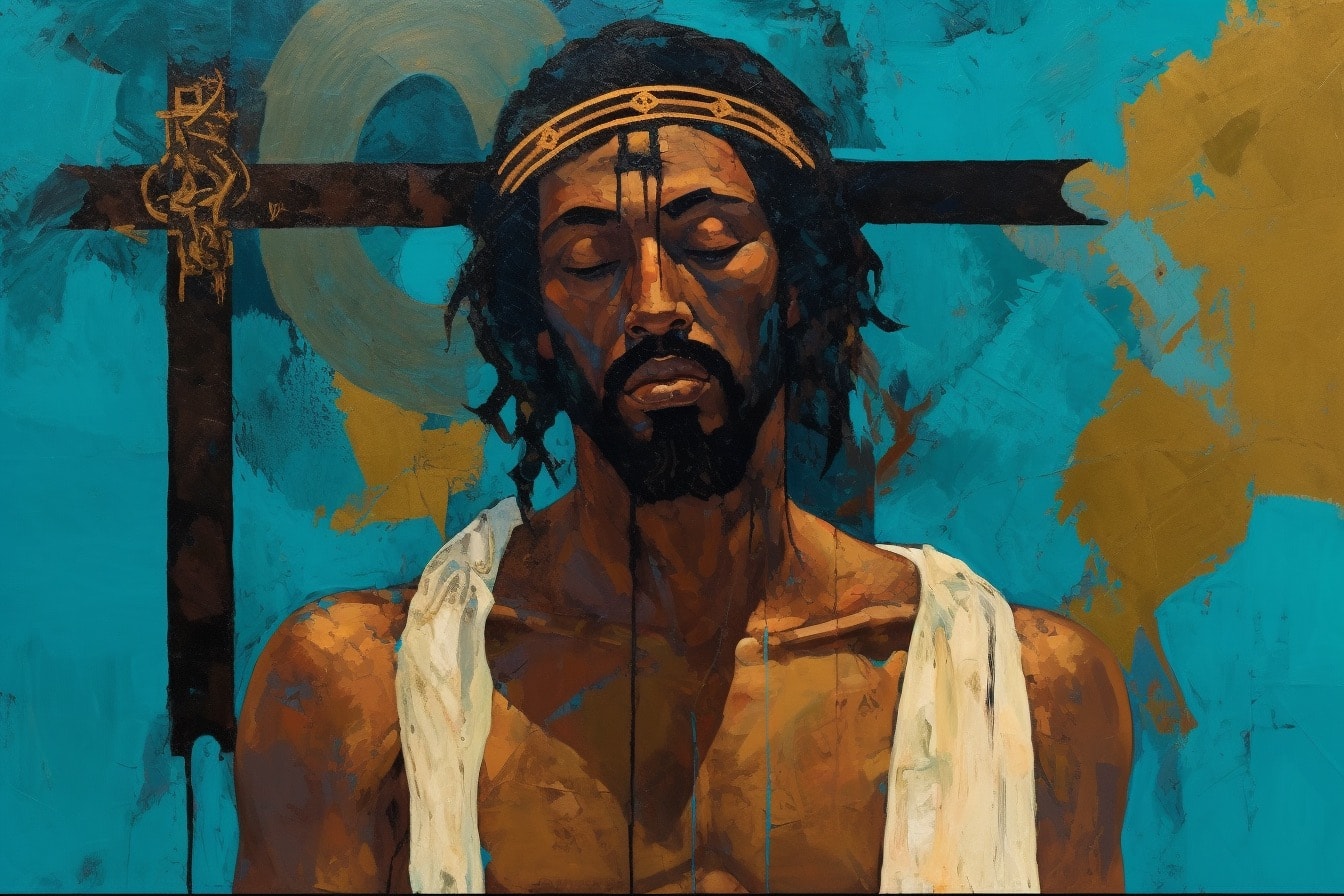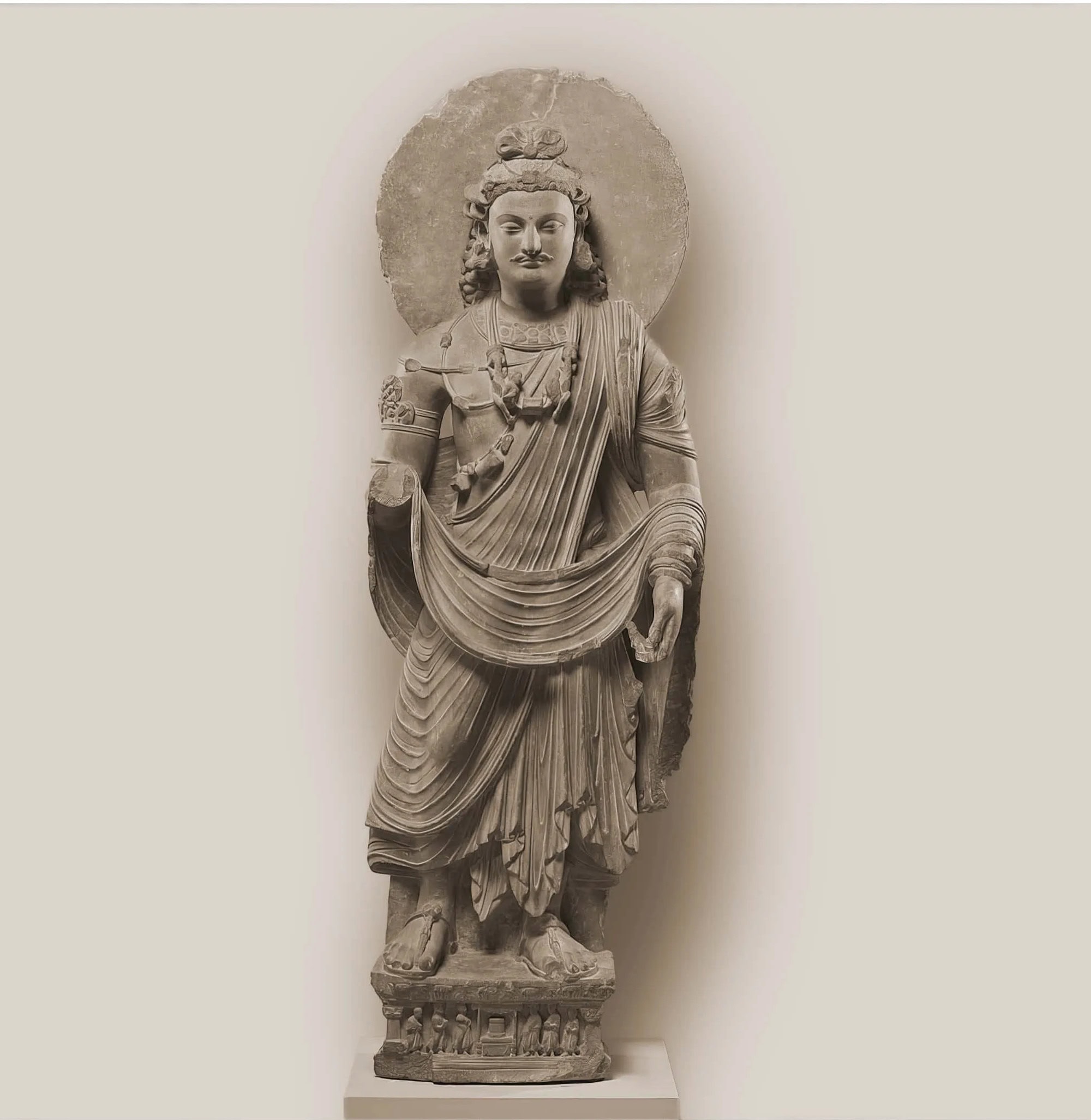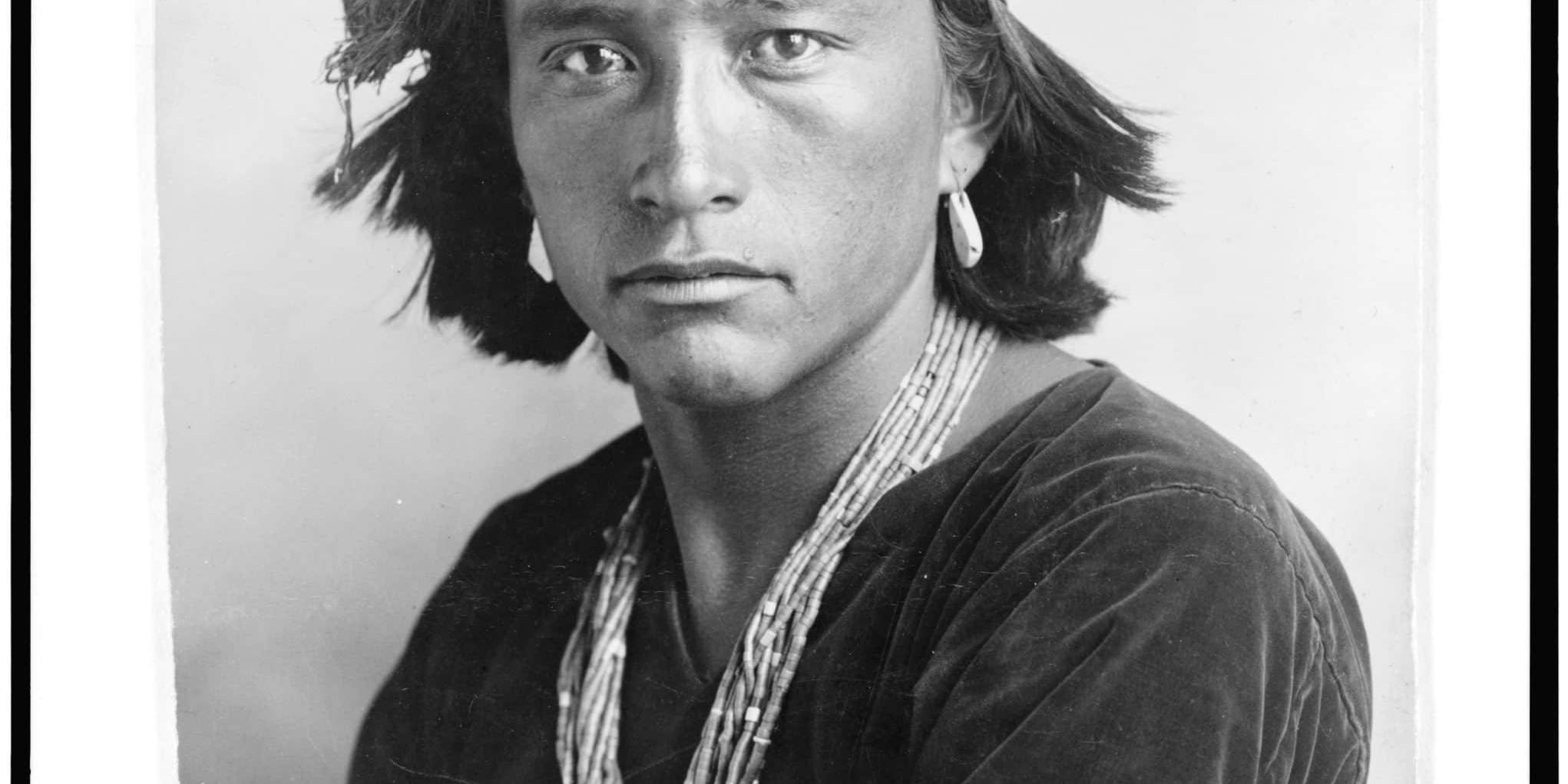What is authentic spirituality?

What is the quality of a spiritual practitioner, I asked myself?What is my own idea of spirituality compared to the ideal I have been conditioned to? And do these ideas and ideals match my authentic expression?
The image of Jesus as a calm and compassionate figure, willing to endure pain and suffering for others, has greatly influenced the Western ideal of spirituality. From an astrological perspective, this Christian ideal of Jesus reflects a spirituality centered on the feminine elements of water and earth—the meditative and devotional qualities of Pisces (Water) paired with the practical and service-oriented nature of Virgo (Earth). This image has become deeply rooted, dominating the Western notion of spirituality almost as if it were the only valid approach.

During my travels through India and Nepal, I encountered a much more intense and fiery form of spirituality. Yogis practicing Kundalini Yoga meditate in caves adorned with skulls and bones, displaying magical abilities and harnessing their yogic powers to soar through the sky. This spirituality embodies a more mythical, fiery, and at times borderline crazy energy— it was also inclusive of the wrathful and intense side of water (Scorpio), much more raw and primal, imbued with earthy shamanic influences —which stood in stark contrasts to the calm and serene Christian ideal. It is intense and inspiring, driven by a more masculine energy that complements the feminine, sensitive qualities portrayed in the Christian ideal of the holy saint.

This is not to say that the calm and serene version of spirituality is absent in Eastern traditions. Many saints and bodhisattvas in Eastern spirituality exhibit qualities similar to those ascribed to Jesus. However, spiritual possibilities and expressions are not confined to a single form.
In Buddhism, there are various forms and characters of divine expression, allowing practitioners to find those that resonate with their own nature. Rather than a “one size fits all” approach, Eastern spirituality embraces an inclusive mindset where no one is excluded, and individuals can discover how their unique character might mature into a spiritual formula. Deities serve as examples of ways of being that we can connect with and transform into.
Just as in Roman or Egyptian cultures, where a diversity of deities reflected a wide range of divine expressions, Eastern spirituality offers a broad spectrum that can resonate with a variety of people, in contrast to the singular Christian image. Deities in these cultures evolved, merging with other forms to create new expressions, reflecting an ever-changing and adapting world. From this perspective, it becomes clear that spirituality cannot be reduced to a singular expression. There are as many divine expressions as there are beings, and the mixed forms of Egyptian deities are merely pointers on a path that each person must forge for themselves, finding a spiritual expression that is uniquely their own.


These images of deities are just examples of what’s possible in terms of spiritual expression and transformation—they aren’t definitive or all-encompassing, nor do they render other forms obsolete. The concept of monotheism doesn’t inherently conflict with the multifaceted expressions of various deities, which represent different aspects of a unified cosmic consciousness. The real difference lies in how we perceive these expressions.
The question is, do we see them as solid, independent, and separate entities, or do we understand them as dynamic expressions of the divine—continuously transforming, yet grounded in an unchanging essence?
This question applies not only to deities and divine expressions but also to how we perceive ourselves.
Embracing this reality, we can recognize ourselves as unique expressions of the one divine consciousness, bridging the gap between heaven and earth, and blending our human nature with our divine origin. And how we choose to express this truth is exactly what makes the world so rich and colorful.
“You enter the forest at the darkest point, where there is no path. Where there is a way or path, it is someone else’s path. You are not on your own path. If you follow someone else’s way, you are not going to realize your potential; each human being is a unique phenomena.”
Joseph Campbell, “The Hero’s Journey: Joseph Campbell on His Life & Work.”
You may also like
The perspective of sacredness: The key to relating to the world
Sacredness is a key concept that helps us shift from a…
The End of an Era: Pluto’s Transit from Capricorn to Aquarius
As Pluto's long and tumultuous journey through Capricorn…
Unmasking the Astrological Illusion
Our astrological charts act as unique lenses that shape our…




